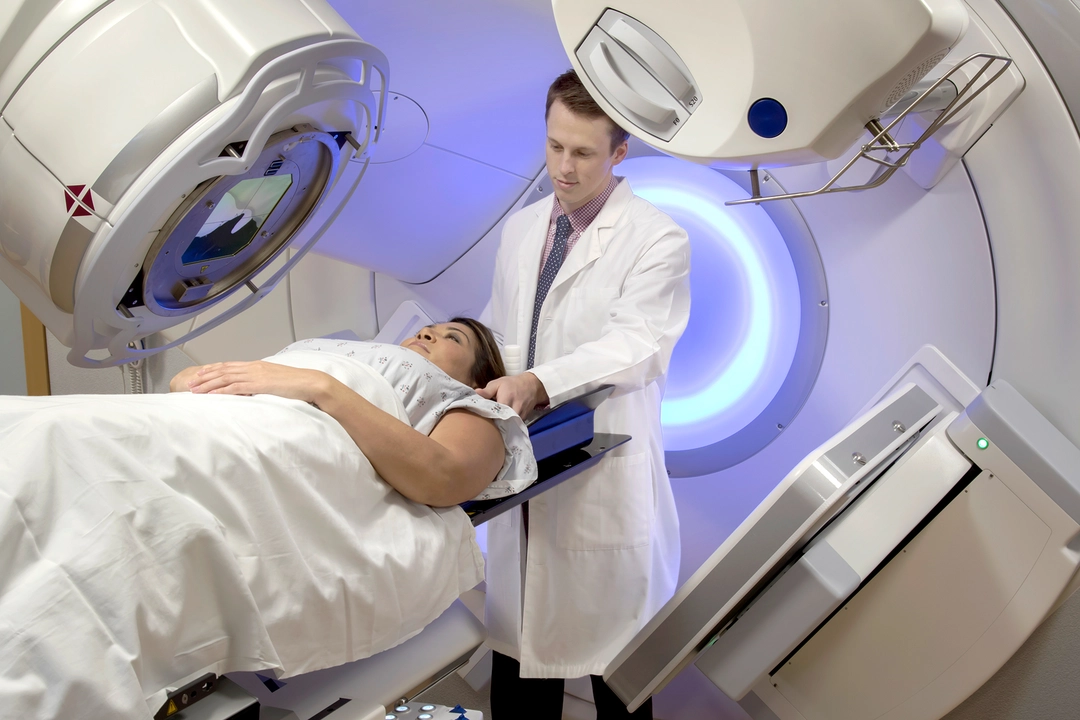Leukemia Treatment: What Works, What’s New, and What to Ask About
When you hear the word leukemia, it’s easy to feel overwhelmed by all the talk about treatments, side effects, and medical jargon. Here’s the deal: leukemia is not a one-size-fits-all cancer, and neither are the ways doctors treat it. The path you’ll take depends on the specific type of leukemia, your age, overall health, and how far the disease has progressed. Let’s break down what treatment usually looks like and what you actually need to know.
Most folks start leukemia treatment with chemotherapy, since it’s designed to wipe out the fast-growing abnormal cells in your bone marrow. Some newer cases now see targeted therapy in the mix—these are meds that zero in on mutated genes in leukemia cells, leaving healthy cells more or less alone. Drugs like imatinib or dasatinib get mentioned a lot, especially for chronic myeloid leukemia (CML). If you’ve got acute forms (like ALL or AML), chemotherapy cocktails with names like "7+3" or regimens including cytarabine and daunorubicin often kick things off.
In some situations, doctors add in immunotherapy drugs. These work by unleashing your immune system so it recognizes and attacks leukemia cells better. Things like CAR-T therapy are starting to get headlines—especially in tough cases that don’t respond to standard treatments. Don't expect these newer options everywhere though; they can be expensive and are usually found in bigger hospitals or clinical trials.
Then there’s stem cell transplants, sometimes called bone marrow transplants. If you’re younger and otherwise healthy, this treatment might be on the table. It’s intense and comes with its own risks, but for some people, it’s the best shot at long-term remission. It works by wiping out diseased marrow and infusing new, healthy stem cells.
Looking for alternatives or ways to get through everyday life? A lot of people check out supplements and dietary changes once they start treatment. While there’s no magic natural cure, things like a balanced diet, gentle exercise, and stress management can genuinely help how you feel day-to-day. But always talk to your doctor before adding herbs or vitamins—some can mess with your meds.
Support isn’t just about pills and infusions. Peer support groups, online forums, and practical advice about insurance or side effect management matter more than most people expect. Whether you’re worried about costs, feeling burned out, or want to know what others are experiencing on certain medications, communities like Leukemia & Lymphoma Society or specific leukemia support forums are packed with real-world answers.
Keep your questions practical when you see your care team: Which treatment fits best for my specific type of leukemia? What are common side effects I should plan for? How do costs and medication options compare? Staying informed and knowing what to ask makes a difference, not just in picking treatments—but in feeling like you have some control over what’s next.
The Role of Radiation Therapy in Leukemia Treatment
As a blogger, I recently delved into the role of radiation therapy in leukemia treatment. Radiation therapy, often used alongside chemotherapy, plays a crucial part in targeting and destroying cancer cells. It can be applied as a whole-body treatment or focused on specific areas where leukemia cells have accumulated. Although it comes with side effects, radiation therapy has proven to be an effective weapon in the battle against leukemia. In conclusion, this treatment is a valuable component in the fight against this aggressive blood cancer.
